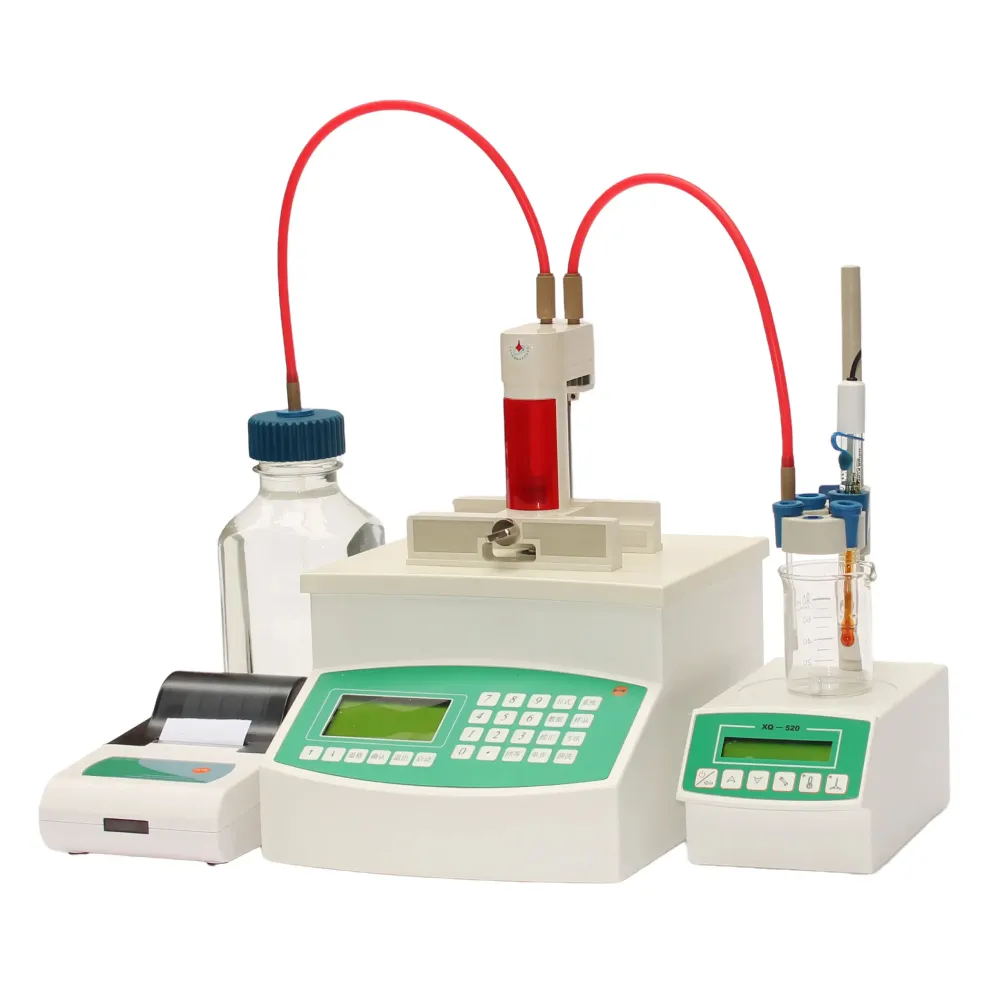 English
English


purpose of tap changer in transformer
Purpose of Tap Changer in Transformer
Transformers are crucial components in electrical systems, enabling the efficient transfer of electrical energy between circuits with differing voltage levels. As a vital element within transformers, the tap changer plays a significant role in regulating voltage, ensuring stability, and enhancing the efficiency of power distribution. Understanding the purpose of a tap changer is essential for grasping how transformers operate within various electrical applications.
Voltage Regulation
The primary purpose of a tap changer is to manage and adjust the output voltage of a transformer. As the load on a transformer changes—due to varying demand for electricity across different times of the day or seasons—the voltage can fluctuate. A tap changer allows for the adjustment of the turns ratio of the transformer, compensating for these fluctuations. By selecting different tap positions, operators can increase or decrease the voltage output, ensuring that the supply voltage remains within acceptable limits. This capability is crucial for the reliability of electrical systems, as constant voltage levels are necessary for the operation of sensitive equipment.
Types of Tap Changers
There are two main types of tap changers on-load tap changers (OLTC) and off-load tap changers (OLC)
.1. On-Load Tap Changer (OLTC) This type allows for voltage adjustments while the transformer is energized and supplying power to a load. It includes mechanisms that facilitate smooth changes without interrupting power flow. OLTCs are typically found in large power transformers used in substations, where maintaining a continuous voltage supply is paramount.
2. Off-Load Tap Changer (OLC) In contrast, off-load tap changers require the transformer to be de-energized before adjustments can be made. They are usually simpler and less expensive but are practical for smaller transformers or applications where continuous voltage adjustments are not necessary.
purpose of tap changer in transformer

Load Management
The ability to manage load effectively is one of the key reasons why tap changers are essential in transformers. In a power system, loads can vary significantly due to factors like temperature changes, time of day, or industrial usage patterns. By using a tap changer, operators can ensure that the transformer delivers the correct voltage even during these fluctuations. This adaptability minimizes the risk of overloading or underloading the system, which can lead to operational issues and inefficiencies.
Improving Efficiency
Another critical function of tap changers is their contribution to the efficiency of transformer operations. By maintaining the optimal voltage levels, tap changers help reduce energy losses in the transformer. When voltage levels are not at their ideal settings, the transformer can experience increased losses due to heating, which not only wastes energy but can also damage the equipment over time. Therefore, tap changers play a vital role in enhancing the overall efficiency of electrical systems, reducing costs for utility companies and consumers alike.
System Stability
In addition to voltage regulation and efficiency, tap changers contribute to the overall stability of the power system. Fluctuating voltage levels can lead to system instability, causing protection systems to trip, which may lead to power outages or equipment failures. By allowing for real-time adjustments to the voltage output, tap changers help maintain system stability, ensuring a reliable power supply and reducing the risk of disturbances in the network.
Conclusion
In summary, the tap changer is an integral component of transformers, serving critical functions that enhance the reliability, efficiency, and stability of electrical systems. By allowing precise voltage regulation, enabling load management, and improving overall efficiency, tap changers play a significant role in modern power distribution networks. As the demand for electricity continues to grow and as our systems become increasingly interconnected, the importance of tap changers will only continue to rise, solidifying their position as indispensable elements in the realm of electrical engineering. Understanding their purpose and operation is essential for anyone involved in the design, maintenance, or management of electrical power systems.
-
Differences between open cup flash point tester and closed cup flash point testerNewsOct.31,2024
-
The Reliable Load Tap ChangerNewsOct.23,2024
-
The Essential Guide to Hipot TestersNewsOct.23,2024
-
The Digital Insulation TesterNewsOct.23,2024
-
The Best Earth Loop Impedance Tester for SaleNewsOct.23,2024
-
Tan Delta Tester--The Essential Tool for Electrical Insulation TestingNewsOct.23,2024





